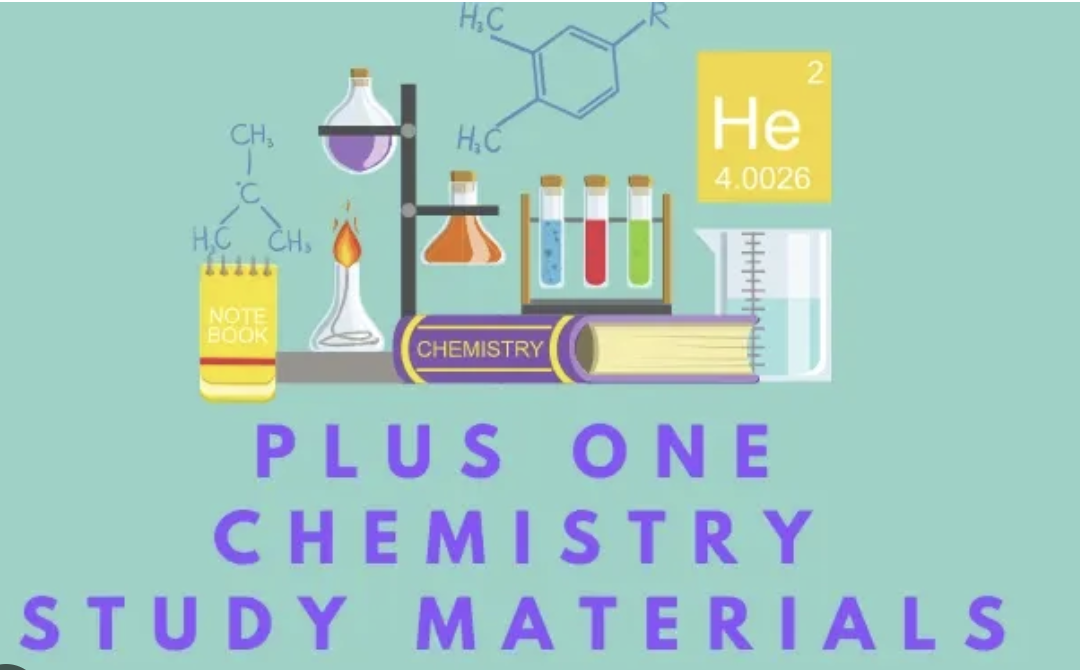Building on organic chemistry fundamentals, this chapter focuses on the simplest organic compounds—those containing only carbon and hydrogen. Students explore alkanes, alkenes, alkynes, and aromatic compounds, studying their properties, reactions, and industrial importance. Petroleum refining, polymers, and petrochemicals are discussed, connecting theoretical concepts to everyday materials. The chapter also addresses environmental concerns related to hydrocarbon use and emerging sustainable alternatives.
Chapter 13: Hydrocarbons
Introduction
Hydrocarbons are organic compounds containing only carbon and hydrogen atoms. They form the basic framework of all organic compounds and are the primary constituents of fossil fuels.
Classification of Hydrocarbons
- Aliphatic (Open-Chain) Hydrocarbons:
- Alkanes: Saturated hydrocarbons with single bonds (CnH2n+2)
- Alkenes: Unsaturated hydrocarbons with double bonds (CnH2n)
- Alkynes: Unsaturated hydrocarbons with triple bonds (CnH2n-2)
- Cyclic Hydrocarbons:
- Cycloalkanes: Saturated cyclic hydrocarbons (CnH2n)
- Cycloalkenes: Unsaturated cyclic hydrocarbons with double bonds
- Aromatic Hydrocarbons: Compounds containing benzene rings
Alkanes
Structure: Tetrahedral carbon atoms with sp³ hybridization
Preparation:
- From alkyl halides: R-X + 2Na + X-R → R-R + 2NaX (Wurtz reaction)
- Reduction of alkyl halides: R-X + H₂/Ni or LiAlH₄ → R-H + HX
- From carboxylic acids: RCOOH + NaOH → RCOONa, then RCOONa + NaOH/CaO → R-H + Na₂CO₃
Properties:
- Physical: Colorless, odorless gases (C₁-C₄), liquids (C₅-C₁₇), or solids (>C₁₈)
- Chemical:
- Combustion: CnH2n+2 + (3n+1)/2 O₂ → nCO₂ + (n+1)H₂O + heat
- Halogenation: CH₄ + Cl₂ → CH₃Cl + HCl (free radical mechanism)
- Cracking: Breaking of C-C bonds at high temperature
Uses: Fuels, solvents, raw materials for petrochemicals
Alkenes
Structure: Planar carbon atoms with sp² hybridization at the double bond
Preparation:
- Dehydrohalogenation of alkyl halides: R-CH₂-CH₂-X + KOH(alc) → R-CH=CH₂ + KX + H₂O
- Dehydration of alcohols: R-CH₂-CH₂-OH + conc. H₂SO₄/heat → R-CH=CH₂ + H₂O
- From alkynes: R-C≡C-H + H₂/Pd-BaSO₄ → R-CH=CH₂ (Lindlar’s catalyst)
Properties:
- Physical: Similar to alkanes but higher boiling points due to increased surface area
- Chemical:
- Addition reactions:
- Hydrogenation: R-CH=CH₂ + H₂/Ni → R-CH₂-CH₃
- Halogenation: R-CH=CH₂ + X₂ → R-CH(X)-CH₂X
- Hydrohalogenation: R-CH=CH₂ + HX → R-CH₂-CH₂X (Markovnikov’s rule)
- Hydration: R-CH=CH₂ + H₂O/H⁺ → R-CH(OH)-CH₃
- Oxidation reactions:
- Mild: R-CH=CH₂ + KMnO₄(cold, dilute) → R-CH(OH)-CH₂(OH) (glycols)
- Vigorous: R-CH=CH₂ + KMnO₄(hot, conc.) → RCOOH + CO₂ + H₂O
- Polymerization: nCH₂=CH₂ → -(CH₂-CH₂)n- (polyethylene)
- Addition reactions:
Uses: Production of plastics, ethanol, antifreeze, and as intermediates in organic synthesis
Alkynes
Structure: Linear carbon atoms with sp hybridization at the triple bond
Preparation:
- From vicinal dihalides: R-CHX-CHX-R + 2KOH(alc) → R-C≡C-R + 2KX + 2H₂O
- From alkyl halides: R-CH₂-X + NaNH₂ → R-CH₂-Na + NaX, then R-CH₂-Na + R’-X → R-CH₂-R’
Properties:
- Physical: Similar to alkanes and alkenes
- Chemical:
- Addition reactions (similar to alkenes but can add 2 equivalents)
- Acidic nature: HC≡CH + NaNH₂ → HC≡CNa + NH₃
- Formation of metal acetylides: 2HC≡CH + 2Cu⁺ + 2NH₃ → Cu₂C₂ + 2NH₄⁺
Uses: Oxyacetylene welding, production of acetic acid, synthetic fibers
Aromatic Hydrocarbons
Structure: Planar ring with delocalized π electrons (benzene as prototype)
Preparation:
- From arene side chains: C₆H₅-CH₃ + KMnO₄/heat → C₆H₅-COOH → C₆H₆
- Decarboxylation of aromatic acids: C₆H₅-COOH + NaOH/CaO → C₆H₆ + Na₂CO₃
- From acetylene: 3HC≡CH → C₆H₆
Properties:
- Physical: Pleasant smell, high boiling points, good solvents
- Chemical:
- Electrophilic substitution reactions:
- Nitration: C₆H₆ + HNO₃/H₂SO₄ → C₆H₅-NO₂ + H₂O
- Sulfonation: C₆H₆ + H₂SO₄ → C₆H₅-SO₃H + H₂O
- Halogenation: C₆H₆ + X₂/FeX₃ → C₆H₅-X + HX
- Friedel-Crafts alkylation: C₆H₆ + R-X/AlCl₃ → C₆H₅-R + HX
- Friedel-Crafts acylation: C₆H₆ + R-COCl/AlCl₃ → C₆H₅-COR + HX
- Addition reactions (difficult due to resonance stability):
- Hydrogenation: C₆H₆ + 3H₂/Ni/pressure → C₆H₁₂
- Electrophilic substitution reactions:
Uses: Solvents, production of plastics, dyes, drugs, explosives
Directive Influence of Functional Groups in Monosubstituted Benzene
- Ortho-Para Directors: -OH, -NH₂, -NHR, -NHCOCH₃, -OCH₃, -CH₃, -C₂H₅
- Meta Directors: -NO₂, -CN, -CHO, -COR, -COOH, -COOR, -SO₃H
Carcinogenic Nature of Some Polynuclear Hydrocarbons
Certain polynuclear aromatic hydrocarbons like benzo[a]pyrene found in coal tar, cigarette smoke, and grilled meat are carcinogenic due to their ability to intercalate with DNA and cause mutations.
Complete Chapter-wise Hsslive Plus One Chemistry Notes
Our HSSLive Plus One Chemistry Notes cover all chapters with key focus areas to help you organize your study effectively:
- Chapter 1 Some Basic Concepts of Chemistry
- Chapter 2 Structure of Atom
- Chapter 3 Classification of Elements and Periodicity in Properties
- Chapter 4 Chemical Bonding and Molecular Structure
- Chapter 5 States of Matter
- Chapter 6 Thermodynamics
- Chapter 7 Equilibrium
- Chapter 8 Redox Reactions
- Chapter 9 Hydrogen
- Chapter 10 The s Block Elements
- Chapter 11 The p Block Elements
- Chapter 12 Organic Chemistry: Some Basic Principles and Techniques
- Chapter 13 Hydrocarbons
- Chapter 14 Environmental Chemistry
